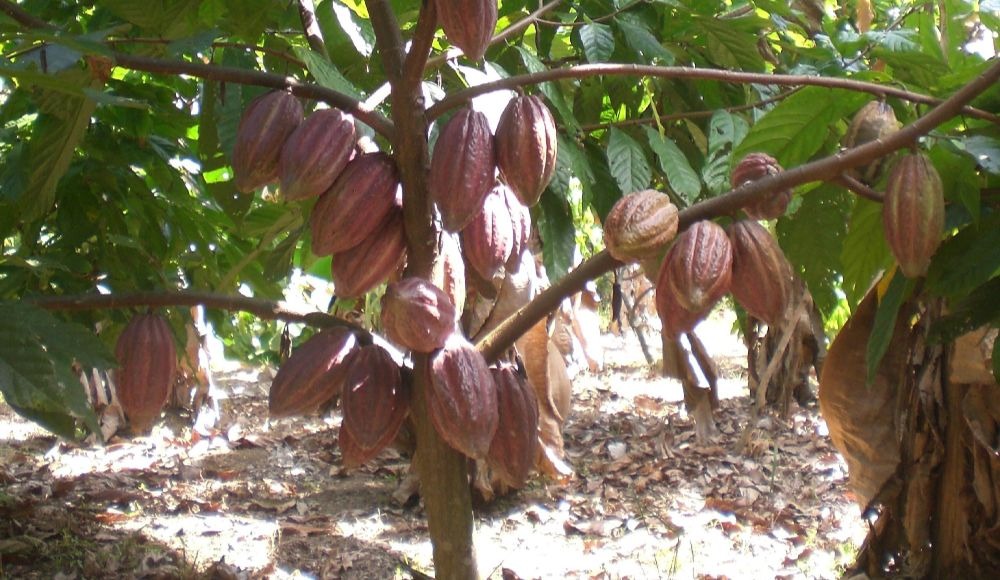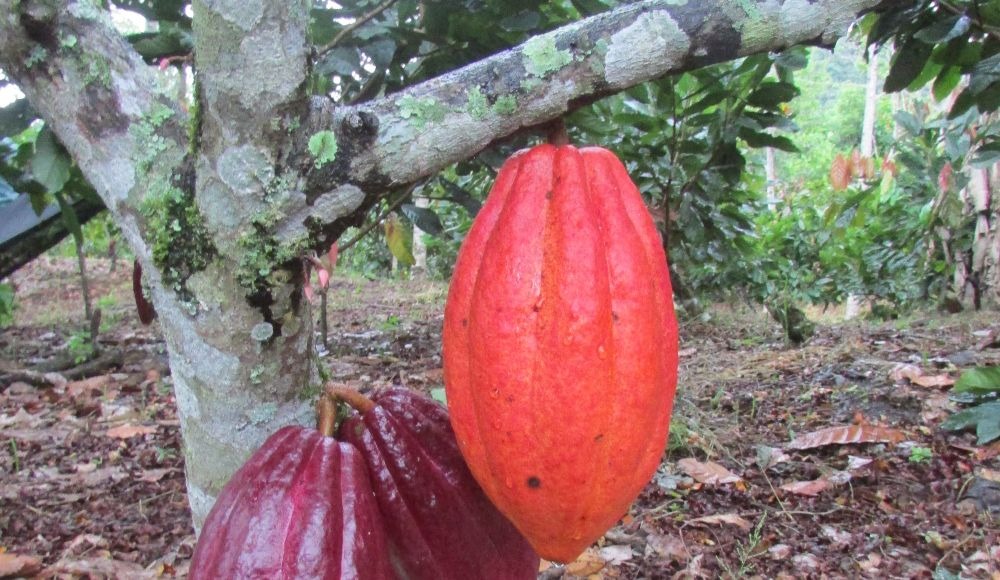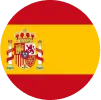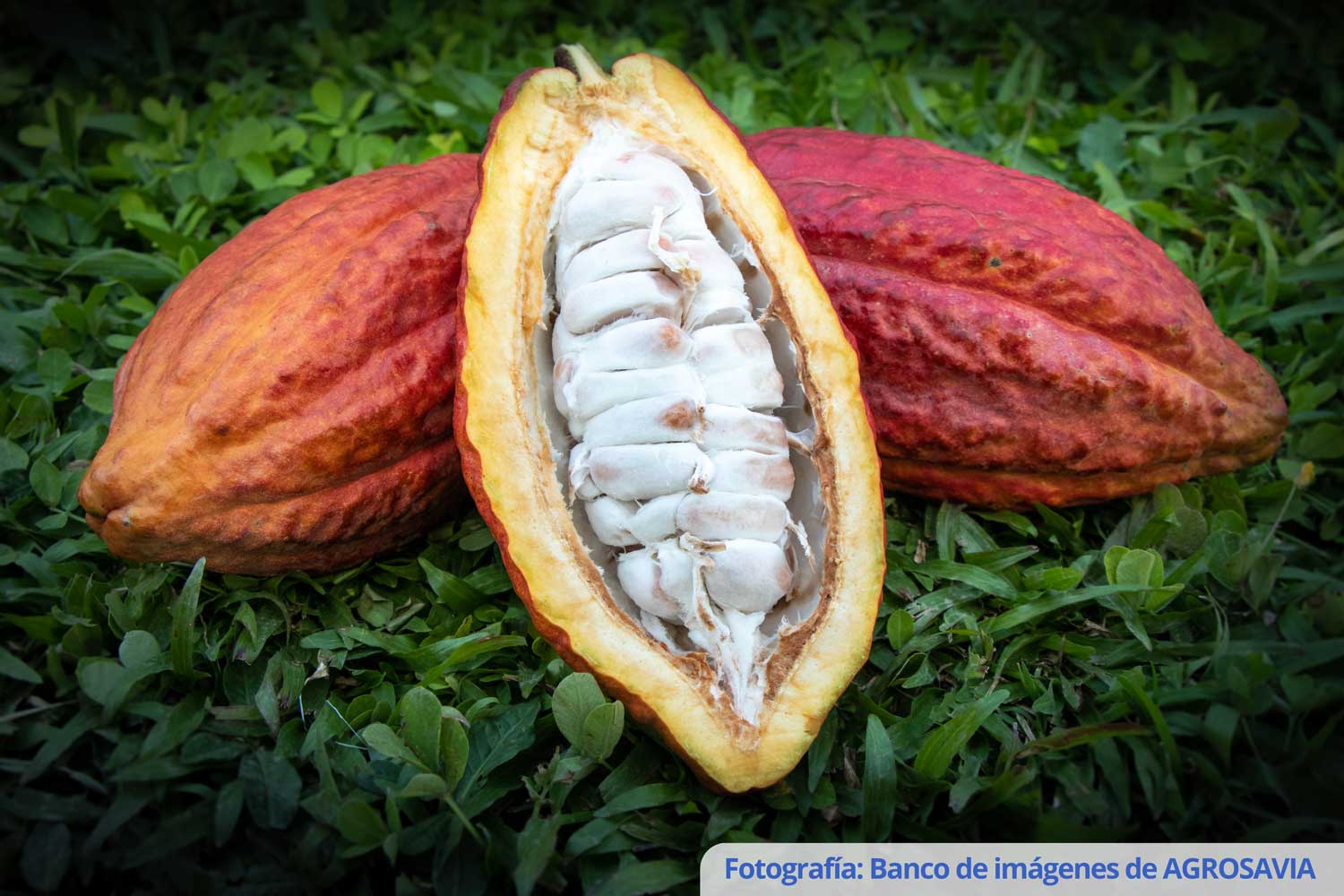CORPOICA TCS 19 (Theobroma Corpoica La Suiza)
Theobroma cacao L.
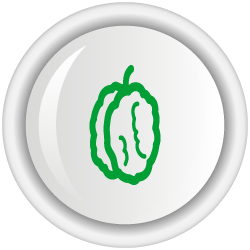
- Thematic area:
- Planting material and genetic breeding
- Productive system:
- Cocoa
- Geographic coverage:
-
The natural areas of Magdalena Medio and the mountains of Santander
Description
A very early cacao variety that begins its productive stage after 20 months of being established in the field, with adequate agronomic management and fertilization, it is self-compatible and can be established as a monoclonal crop. It suffers losses caused by Monilia (Moniliophthora roreri) of 8 %. As for witch's broom (Moniliophthora perniciosa), isolated outbreaks occurred but were controlled during pruning seasons.
Four years after its establishment, its annual production is 1.8 kilograms per tree, resulting in annual yields of 1,800 kilograms per hectare. It is a low-growing plant with a reduced crown, facilitating agronomic management and pruning. It has an average height of 2.98 meters, with two yearly prunings. The size of the pods is 23 centimeters long by 10 centimeters wide. The fruit in an immature state has a red hue and orange when ripe. Regarding the pod index, 16 pods are required to obtain 1 kilogram of dry cocoa. The number of beans on average is 39 per pod, and the grain index is 1.6 grams of dry bean. Its sensory profile is balanced, characterized by its cocoa flavor accompanied by specific attributes of red fruits, floral and lactic positive, allowing a balance with the basic flavors.
It is a very stable variety since it retains its characteristics and performance in different locations and thermal levels of the Santander Mountains and Magdalena Medio areas. This characteristic is one of the most important for producers because it ensures good performance in the sites where the crop is grown.
This variety has been evaluated between 200 and 1,200 meters above sea level, with an average temperature between 22 and 28 °C and relative humidity of 80 %.
It is recommended for municipalities with the conditions described in the departments of Antioquia, Bolívar, Boyacá, Norte de Santander, and Santander.
Presentation
Certified clone, five to seven months after grafting.
Orders equal to or higher than 100 units.
Audiovisual content
Clip tecnológico: Variedades de Cacao AGROSAVIA
Clip tecnológico: Propagación de Cacao
Clip tecnológico: Cosecha y Poscosecha de Cacao
Magazín de Cacao
Producción masiva de clones de cacao.
Podcast
Associated publications
- Booklet: Buenas prácticas agrícolas en el cultivo, beneficio y comercialización de cacao (Theobroma cacao L.)
- Booklet: Buenas prácticas agrícolas en el cultivo, beneficio y comercialización de cacao
- Booklet: La Moniliasis del cacao: daños, síntomas, epidemiología y manejo
- Booklet: Manejo integrado de agroquímicos en el cultivo de cacao (Theobroma cacao L.)
- Brochure: Nuevas variedades de cacao TCS (Theobroma Corpoica La Suiza ) 13 y 19
- Brochure: Oferta Tecnológica de AGROSAVIA para el sistema productivo cacao
- Manual: Manual técnico para la producción de semilla de cacao en vivero para los Santanderes y Boyacá
- Manual:Reconocimiento, daño y opciones de manejo de Carmenta foraseminis Eichlin (Lepidóptera: Sesiidae), perforador del fruto y semilla de cacao Theobroma cacao L. (Malvacea
- Book: Caracterización agronómica, fisicoquímica, sensorial y de metabolitos con actividad funcional de cacaos especiales cultivados bajo sistemas agroforestales en el departamento de Santander.
- Productive model: Modelo productivo para el cultivo de cacao (Theobroma cacao L.) en el departamento de Santander (2a edición).
- Productive model: Modelo productivo para el cultivo de cacao (Theobroma cacao L.) en el departamento de Boyacá.
Image gallery
